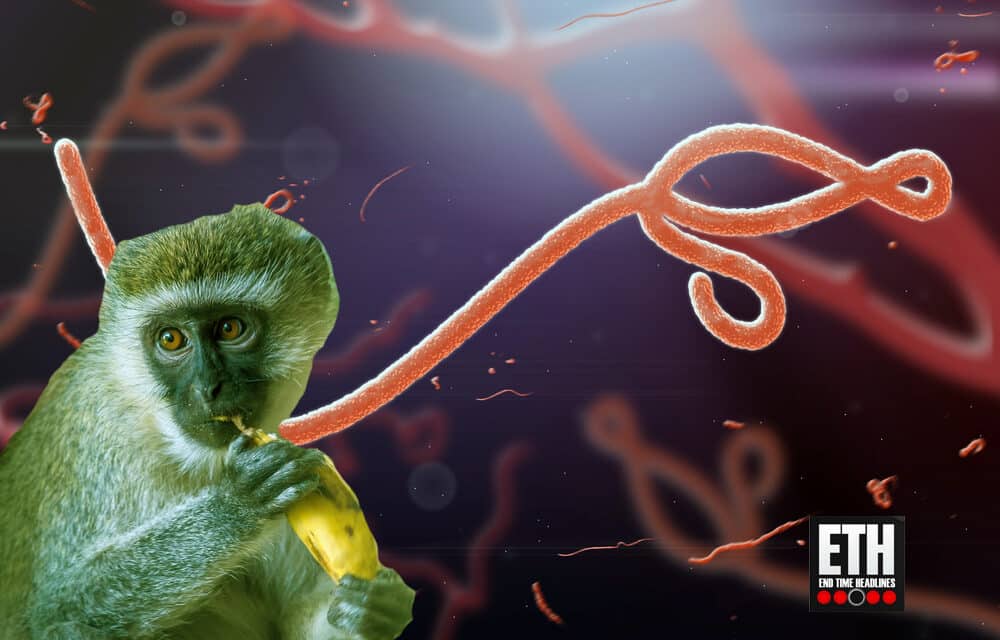Scientists fear they’ve found the next big pandemic threat — a virus that lives in African monkeys. Simian hemorrhagic fever virus (SHFV) causes devastating Ebola-like symptoms including internal bleeding and kills virtually every primate it infects.
The virus hijacks the immune system, disabling key defense mechanisms and breaking the body down cell by cell. No cases have been detected in humans yet but it is ‘poised for a spillover’, according to US researchers. By developing tests and monitoring the virus now ‘the global health community could potentially avoid another pandemic’, they said.
Experts at the University of Colorado Boulder are raising the alarm due to SHFV’s ‘compatibility… with humans’. In a lab study, they found virus is able to latch onto a human receptor with ease and make copies of itself. Senior author of the study Dr Sara Sawyer said: ‘This animal virus has figured out how to gain access to human cells, multiply itself, and escape some of the important immune mechanisms we would expect to protect us from an animal virus.
‘That’s pretty rare. We should be paying attention to it.’ In macaque monkeys, SHFV causes fever, fluid retention in the body’s tissue, anorexia, and hemorrhaging. The disease is almost always fatal within about two weeks. It appears to attack immune cells the same way as HIV, the precursor to which originated in a type of chimpanzee in Africa.
Author Professor Cody Warren, said: ‘The similarities are profound between this virus and the simian viruses that gave rise to the HIV pandemic.’ He added: ‘Just because we haven’t diagnosed a human arterivirus infection yet doesn’t mean that no human has been exposed. We haven’t been looking.’
The researchers focused their work on a family of viruses called arteriviruses that typically circulate among pigs and horses but are not studied enough in non-human primates. They zeroed in on simian hemorrhagic fever virus (SHFV), a type of arterivirus which causes a lethal disease similar to Ebola virus disease.
It was sequenced in 1964 after simultaneous outbreaks in US and Soviet Russian labs, likely due to introduction of captive infected African apes. It has caused deadly outbreaks in captive macaque monkey colonies since the early 1960s. In the last decade, several scientists have been hunting for simian arteriviruses in nature.
A broad range of African monkeys carry high viral loads of arteriviruses, often without symptoms. Researchers have yet to determine what the natural host species is for SHFV No human infections have been detected yet, according to the report published Friday in the science journal Cell.
The pathogen’s ability to multiply rapidly in the body has echoes of the coronavirus. Before winter 2019, SARS-CoV-2, the virus that causes Covid-19, had never been detected in humans. It was a novel virus believed to have jumped from bats to an intermediary animal before spilling over to humans. The never-before-seen virus ravaged people’s inexperienced immune systems and spread unabated for months. The same is possible for another highly contagious novel virus. (Source)


















